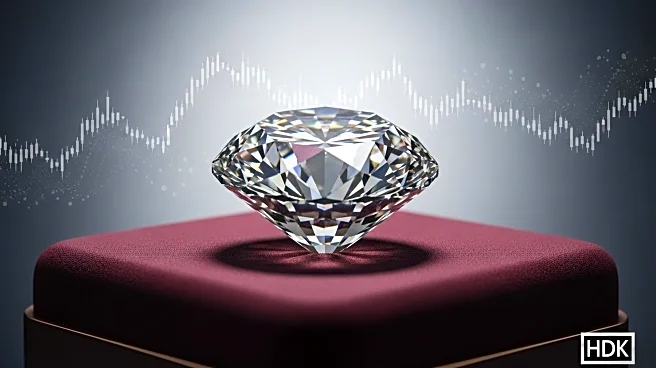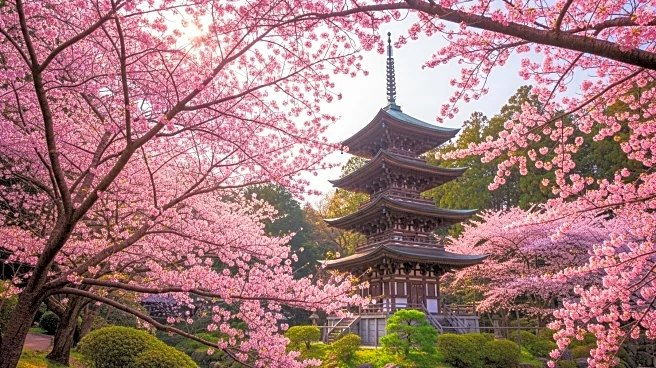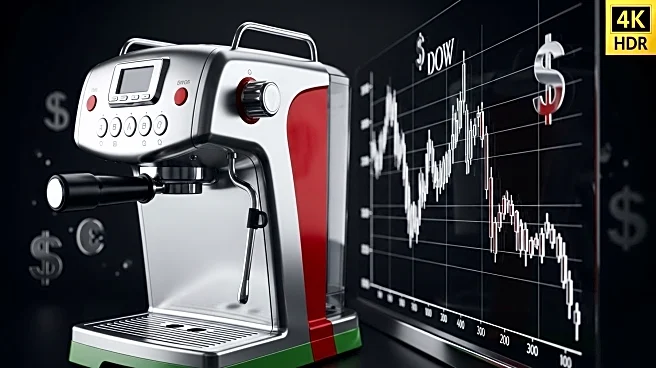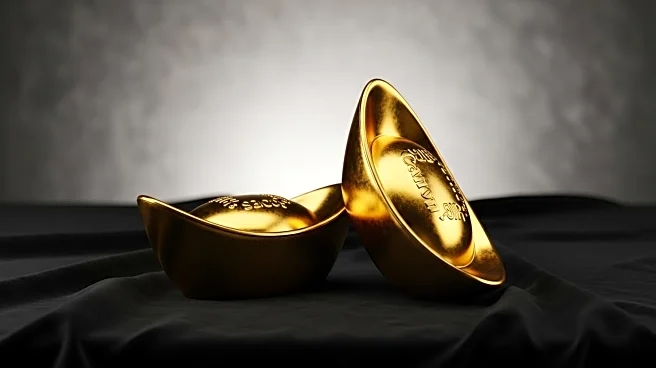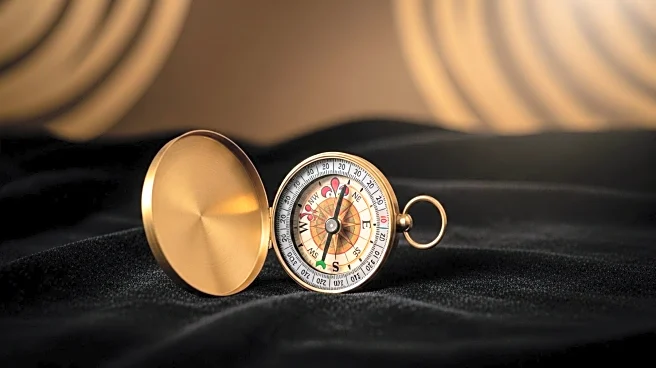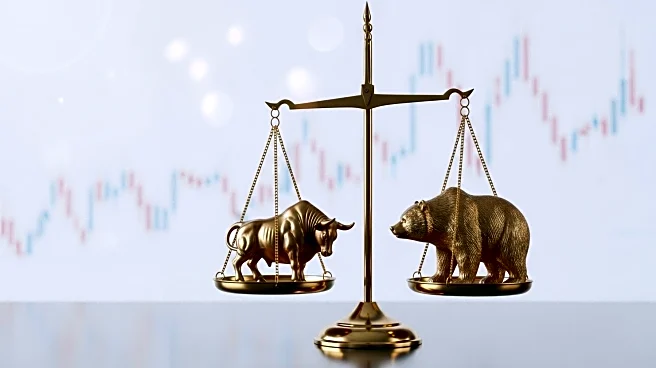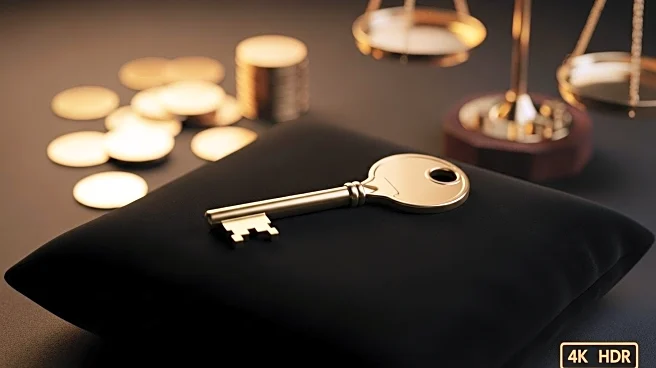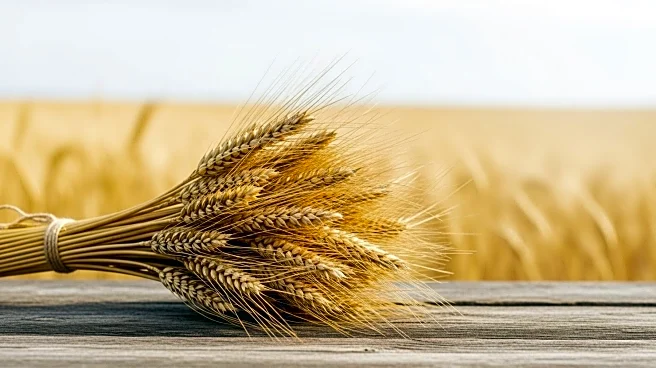What is the story about?
What's Happening?
The discovery of the Motswedi Diamond in 2024 has sparked renewed interest in the role of ultra-exceptional diamonds as a hedge against market volatility. Weighing 2,488.32 carats, this type IIa diamond is noted for its purity and ethical sourcing from Botswana. Historically, such diamonds have shown resilience during economic crises, outperforming gold and real estate in preserving value. Despite challenges from lab-grown diamonds, ultra-exceptional diamonds maintain their value due to scarcity and cultural significance.
Why It's Important?
Ultra-exceptional diamonds like the Motswedi Diamond offer a unique investment opportunity, combining tangible value with cultural significance. As traditional safe-haven assets face challenges, these diamonds provide a strategic alternative for wealth preservation, particularly in times of geopolitical uncertainty and inflation. The ethical sourcing from Botswana enhances their appeal, aligning with consumer demand for conflict-free assets. This positions ultra-exceptional diamonds as a compelling option for high-net-worth investors seeking diversification.
What's Next?
The Motswedi Diamond's potential to be cut into high-clarity gems or preserved as a museum piece highlights its adaptability as an investment. As the diamond industry faces structural challenges, the focus on ultra-exceptional diamonds may increase, driven by their scarcity and emotional capital. Investors and museums are likely to continue bidding for such rare assets, reinforcing their status as a non-correlated asset class.
Beyond the Headlines
The distinction between commodity-grade stones and ultra-rare specimens is crucial. While the diamond market faces overproduction and declining demand, ultra-exceptional diamonds remain insulated due to geological rarity and mine closures. This ensures their value remains tied to scarcity rather than mass production, offering a strategic asset in diversified portfolios.
AI Generated Content
Do you find this article useful?
